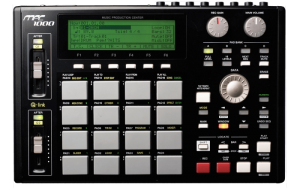For this month’s Ableton Live tutorial, we’ve brought in local producer Doug Wright who is one half of the production duo Fishing and also makes music under the guise of HED ardennes.
In this tutorial, Doug gives us insight into his Ableton Live workflow and how he replicates the MPC track mutes in Live. What results is a truly unique way of using Live that can be applied in many ways.
The Akai MPC has been a staple piece of music production gear since its release in 1988. In hip hop, the MPC is legendary. And it’s button-pushing way of making music (that has since lead all the way to Ableton Push) brought about a whole new understanding of what it means to play an instrument. Revered for both it’s human playability and the swing of it’s digital timing algorithms, the MPC is a piece of gear that just feels great.

The “feel” of an MPC has been replicated (and debated) many times over: the texture of the pads, the timing of the swing… but the MPC track mutes / pad mutes is an unsung hero and not something that is replicated well in software. MPC mutes is not the same as muting an audio track in Live or on a mixer. Instead it stops the MIDI messages from sending to the sample, meaning the audio can still play and decay naturally.
If you’ve been looking to replicate the MPC feel in Ableton Live, let Doug show you how.
Subscribe to Liveschool’s YouTube channel for more hot content
—–
If you’re interested in learning more techniques like this to help take your tracks to the next level, check out our Produce Music course.


